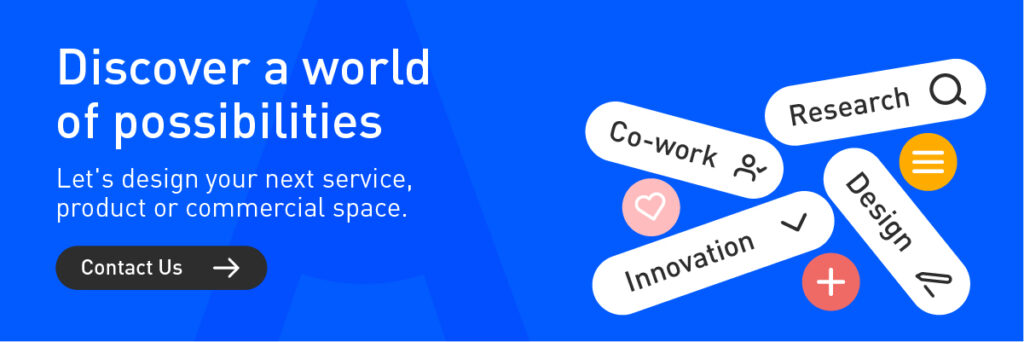Did you know that 75% of companies that adopt Design Thinking report improved team collaboration and innovation? This powerful creative problem-solving methodology is transforming how businesses tackle challenges and build a culture of creativity. In this article, we’ll explain what Design Thinking is, its 5 key stages, and how you can apply it to strengthen your business culture.
What is Design Thinking?
Design Thinking is a user-centered approach used to solve problems creatively and collaboratively. It focuses on deeply understanding people’s needs and generating innovative solutions through experimentation and constant learning. It’s not exclusive to designers—any organization can apply it to transform its business culture.
In simple terms, Design Thinking means thinking like a designer, adopting an open, empathetic mindset, and being willing to explore new possibilities.
Why Does Design Thinking Transform Business Culture?
Adopting Design Thinking in a company not only drives innovation but also creates a culture of collaboration and continuous learning. Its main benefits include:
- Promoting empathy and active listening.
- Encouraging creativity and critical thinking.
- Building stronger, more cohesive teams focused on solving problems together.
To create a culture based on Design Thinking, it’s essential to foster certain attitudes: curiosity, initiative, nonconformity, empathy, and sensory sensitivity.
Additionally, the creative process can be enhanced with techniques such as:
- Challenging assumptions: Abandon stereotypes and embrace alternatives.
- Generating many alternatives: Every idea is valid.
- Forced connections: Combine unexpected elements to create something new.
The Five Stages of Design Thinking and Its Application in Business Culture
1. Empathize: Deeply Understand the User
The goal is to deeply understand the needs, desires, and challenges of the people involved. How to apply it in the company:
- Conduct interviews and observe employee and customer behavior to identify pain points.
- Foster sensory sensitivity and active listening to understand different perspectives.
2. Define: Identify the Problem
Once the context is understood, the next step is to define the problem clearly and precisely. How to apply it in the company:
- Bring the team together to define the key challenge.
- Reframe problems as opportunities for improvement.
3. Ideate: Generate Many Solutions
At this stage, the goal is to think of all possible solutions without restrictions or judgments. How to apply it in the company:
- Organize brainstorming sessions where every idea is welcome.
- Use techniques like forced connections to create innovative solutions.

4. Prototype: Build to Learn
A prototype is a simple representation of the proposed solution, designed to test and learn quickly. How to apply it in the company:
- Create prototypes of processes or services and present them to the team for feedback.
- Iterate constantly, making adjustments as needed.
5. Test: Test and Improve
The testing phase involves trying the prototype with real users, learning from their reactions, and refining the solution. How to apply it in the company:
- Collect user feedback and adapt the solution based on their comments.
- Don’t fear failure—each test is an opportunity for improvement.
Real-World Example: Google and Design Thinking
Google applied Design Thinking to improve Google Meet during the transition to remote work:
- Empathize: They interviewed users and employees to understand their needs, identifying issues such as video call fatigue and accessibility problems.
- Define: They reframed these problems as opportunities, asking: How can we make video calls more human and accessible?
- Ideate: They held brainstorming sessions, generating ideas like automatic captions, noise cancellation, and better integration with Google Calendar.
- Prototype: They created simple versions of these features to test internally and receive quick feedback.
- Test: They launched the features to small groups of users, adjusting them based on feedback until they achieved a more complete and efficient product.
As a result, Google Meet evolved with key innovations, becoming a leading tool thanks to its user-centered approach and continuous improvement.
How Can a Design and Innovation Consultancy Help You?
At Blaster Design, we specialize in service design, UX/UI, and business training to help companies integrate Design Thinking into their strategies. Our approach focuses on creating meaningful, user-centered solutions that drive innovation and improve business culture.
If you’re ready to transform your organization, explore our Service Design offerings or learn more about our Innovation Design Services for Latin America 2025.
For product designers looking to transition into service design, check out our guide: Service Design for Product Designers: A Transition Guide.
Design Thinking is much more than a methodology; it’s a way of thinking and working that can transform business culture. By fostering creativity, teamwork, and constant experimentation, companies can solve problems more effectively and build a more innovative, people-centered organization.
Ready to start your Design Thinking journey? Contact Blaster Design today and let’s create meaningful solutions for the future of your organization!
